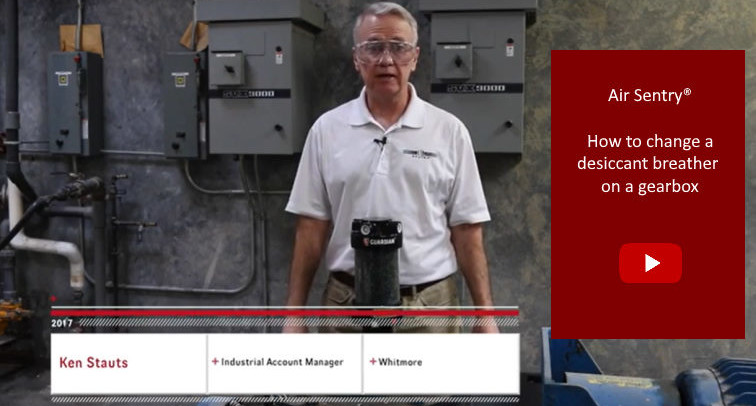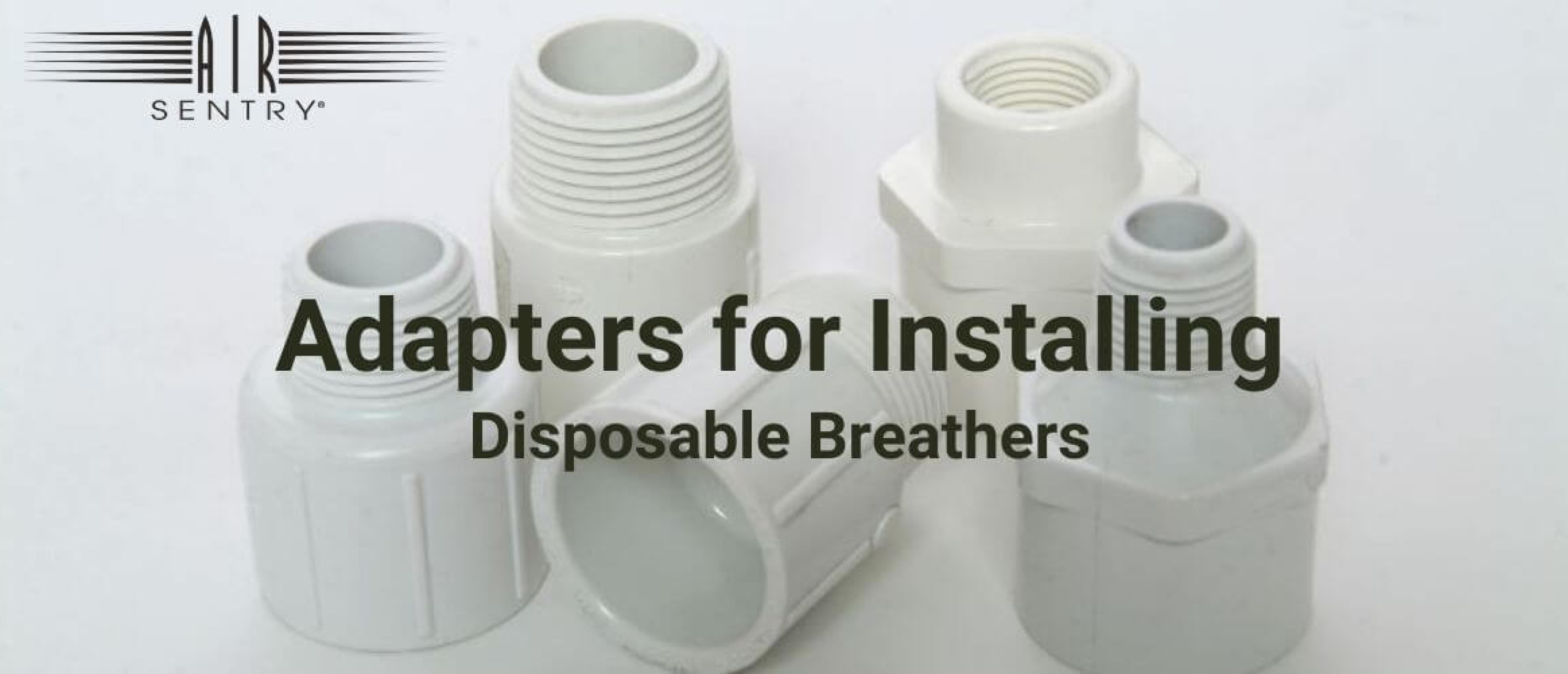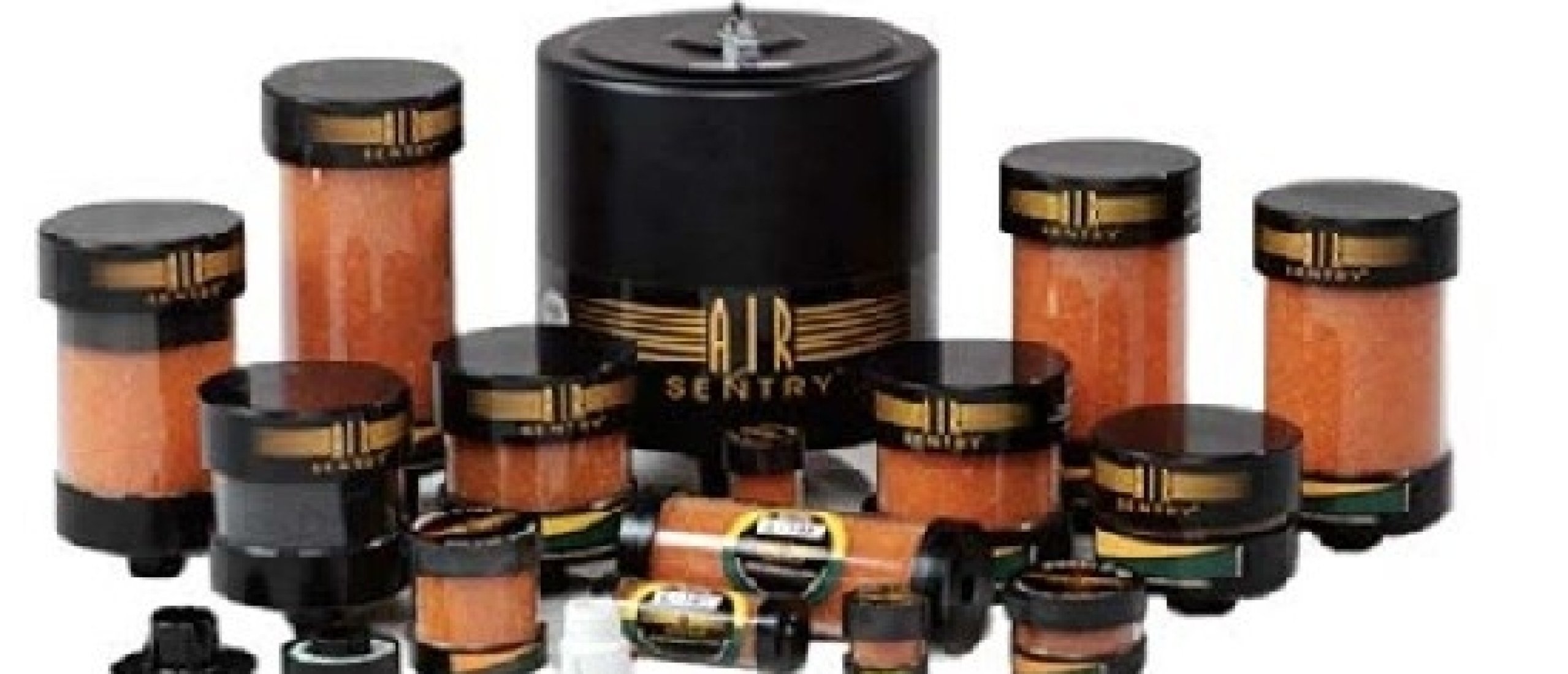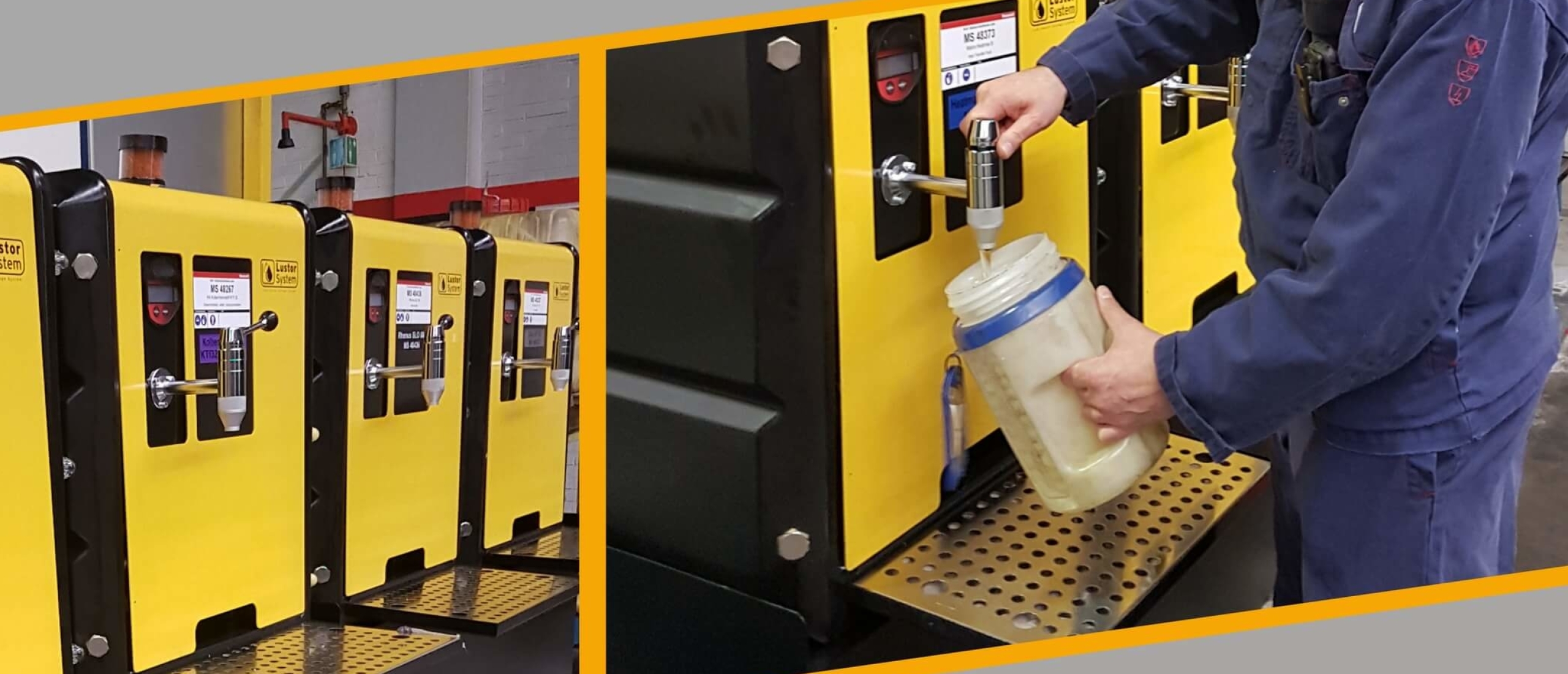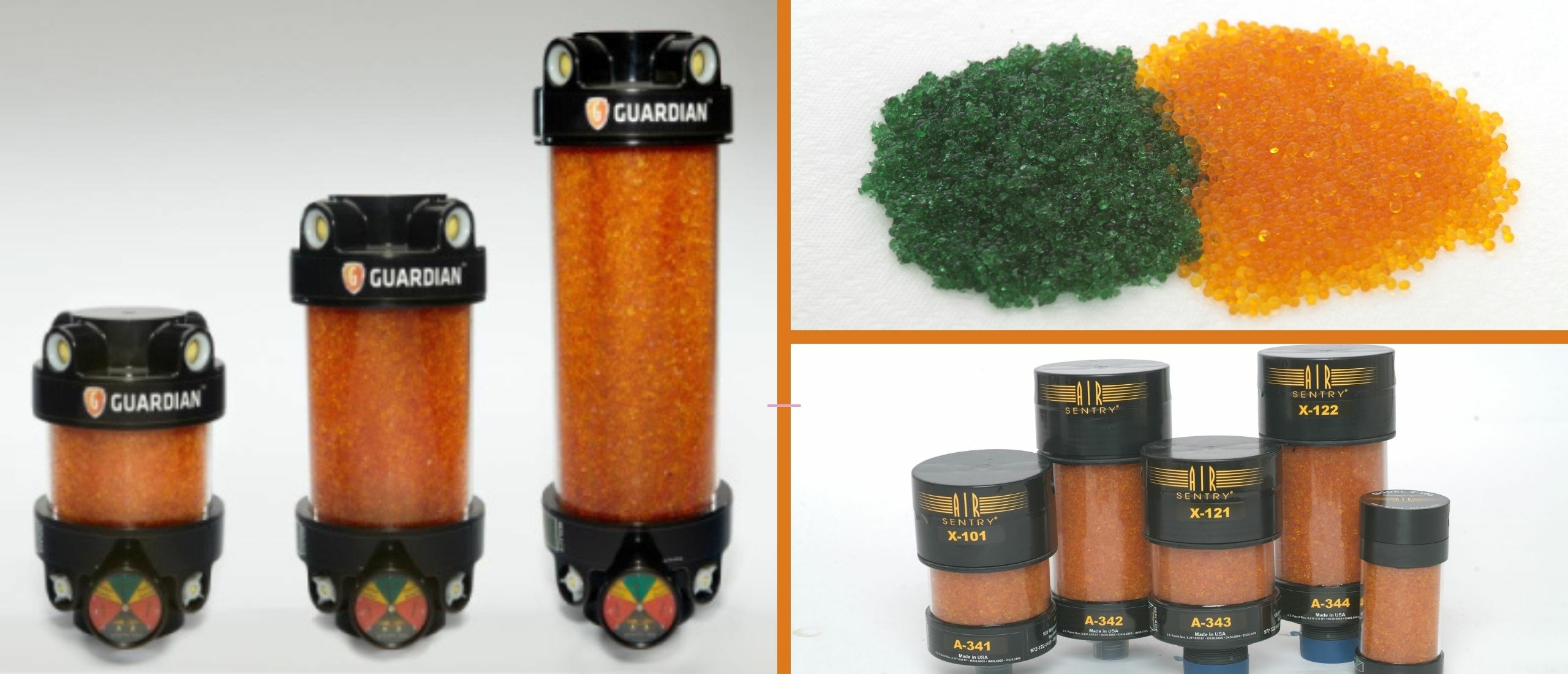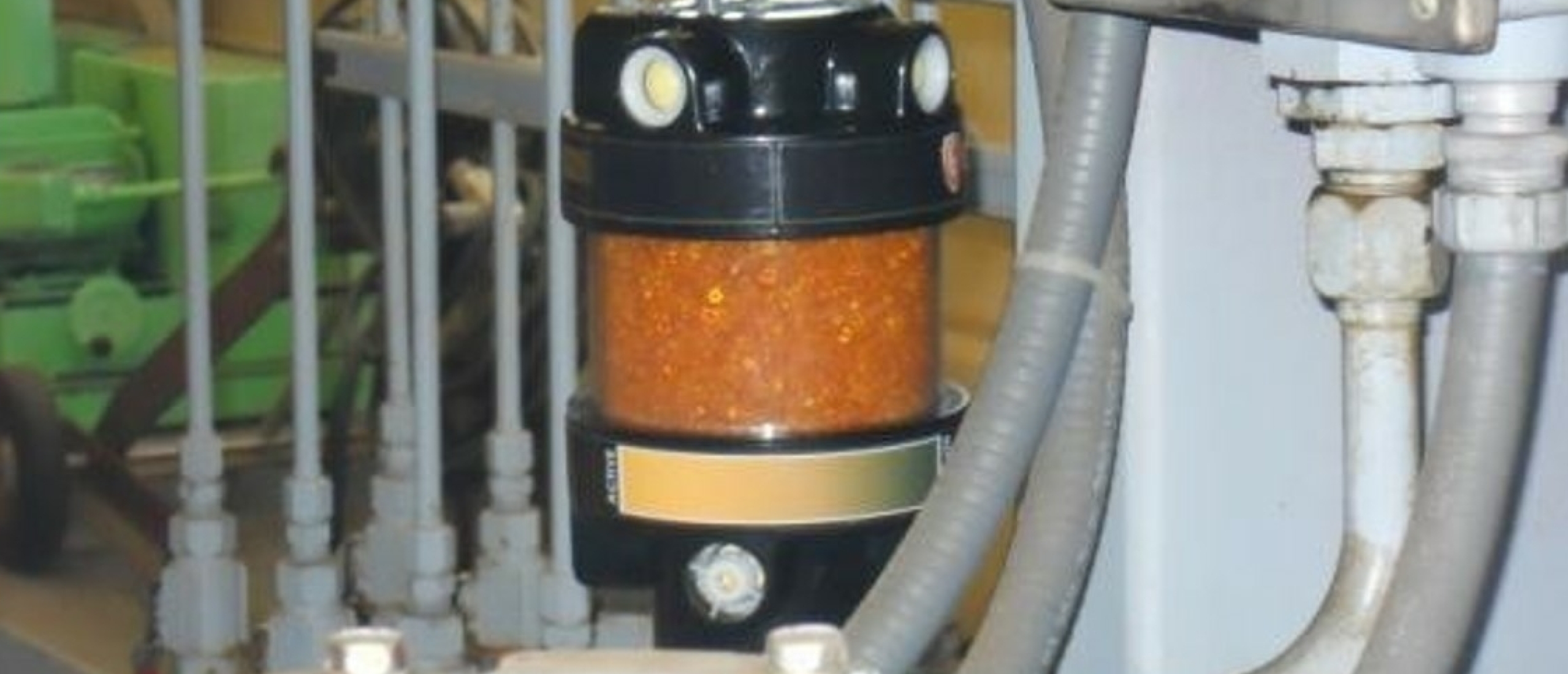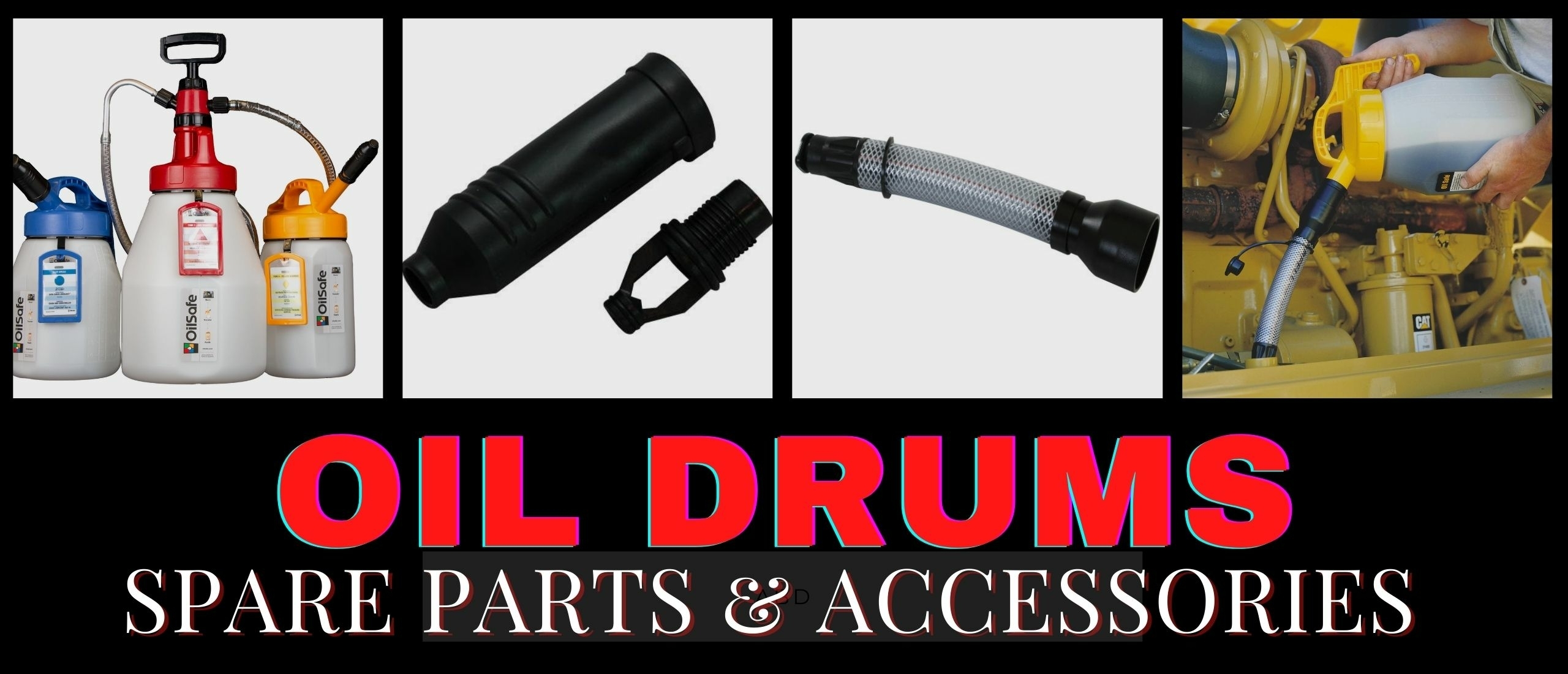
How to replace a Desiccant Breather
Ken Stauts, Industrial Account Manager at Whitmore, explains how to replace a desiccant breather He is demonstrating how to replace a desiccant breather at a plant, that manufactures water-based coatings. The desiccant breather, which needs to be replaced, turned from orange (right out of the box) to dark green.
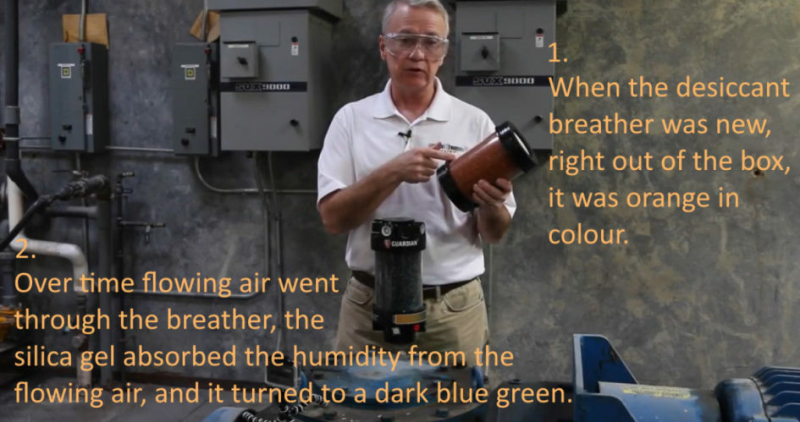
When it was new right out of the box, it was orange in colour.
Over time flowing air went through the breather, the silica gel absorbed the humidity from the flowing air, and it turned from orange to a dark blue green colour.

A colour chart is on the base of the breather to tell plant personnel when the silica gel is active (orange), and then dark green when it’s inactive.
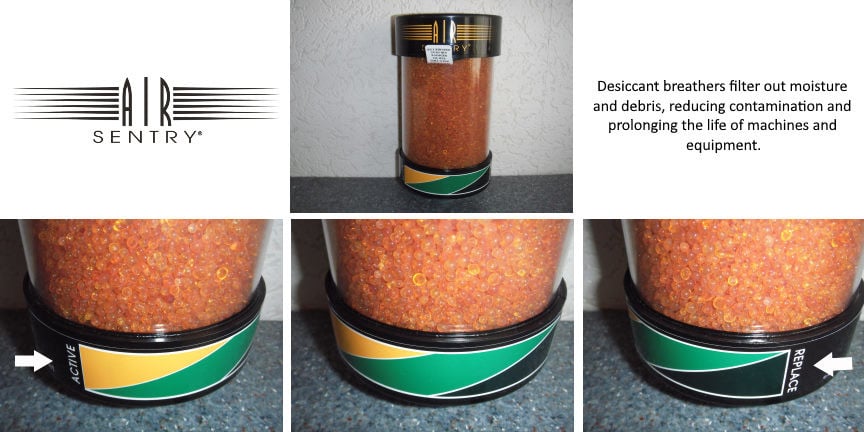
Colour cart at the bottom of the breather, indicating Active (orange) to Replace (dark green)
The 4 factors which determine the life of a desiccant breather
The life of a desiccant breather is determined by the following four factors:
- the number and volume of air cycles flowing in and out through the breather
- the humidity in the environment
- the amount of silica gel; a large one lasts longer than a small one
- the possibility of contaminants coming out of the gear box or hydraulic system (often ignored or overlooked), encoding the silica gel and making it ineffective.
Depending on the following 3 variables, a breather, if properly sized, lasts anywhere from 3 to 6 months:
- How humid the work environment is
- Intake frequency and volume of breathing
- How much silica gel is in the breather (relates to the amount of water the breather can hold)
Humid work environments tend to shorten the lifespan of a desiccant breather. This is because as the humidity increases, the silica gel reaches its maximum moisture-holding capacity faster. Once this capacity is reached, no more moisture can be removed from incomping air.
Replacement of the Desiccant Breather
Also when you look at the used cartridge you should notice if there’s any oil accumulating on the base of the breather or getting up into the silica gel. If it is, you may need to use an extension pipe or hose that elevate the breather from that splashing oil.
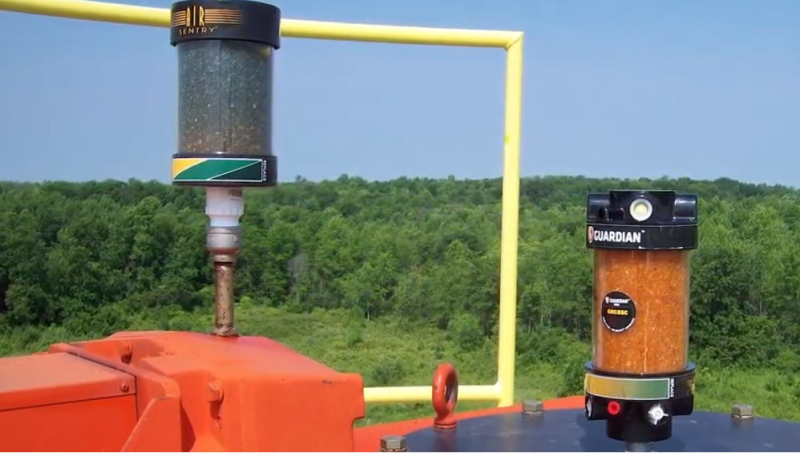
Isolation Check Valve
A gearbox or (often) a mini gearbox will have a sling oil lubricator, which is splashing or slinging oil to lubricate the internal moving parts, but it can also splash into the desiccant breather. In the case of The Guardian we have an isolation check valve on the bottom of the cartridge to exit the barrier to that splashing oil.
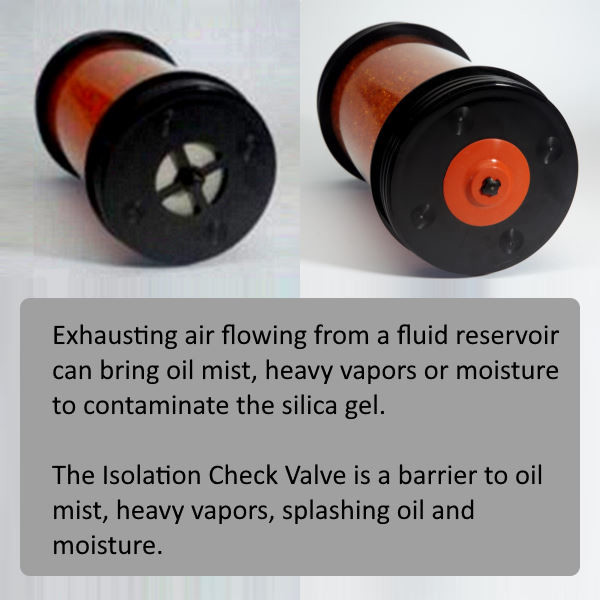
How do you dispose old desiccant breathers?
They should be just discarded according to local environmental laws for the fluid that it protects.


